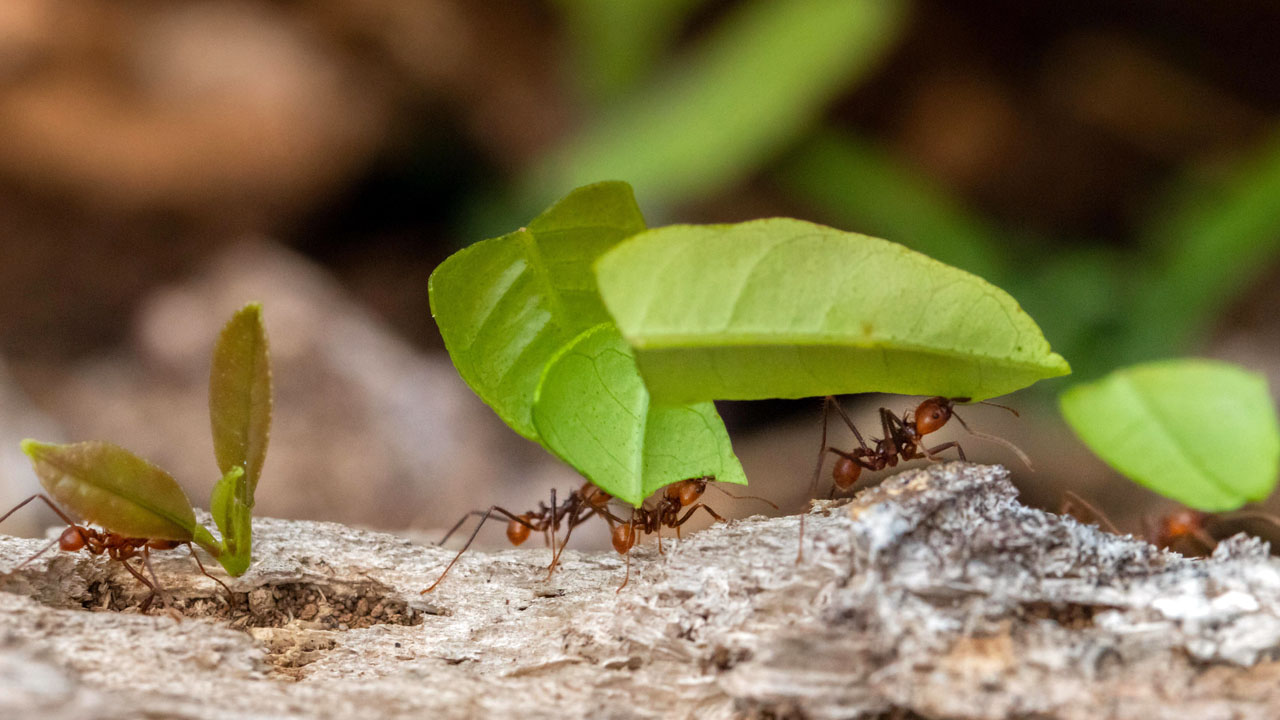Yes, that is indeed an ode to Tina Turner, who was certainly no stranger to powerful collaboration, which takes me nicely into the subject of this blog… and what indeed SDG17 has got to do with it.
“The SDGs can only be realised with strong global partnerships and cooperation. A successful development agenda requires inclusive partnerships – at the global, regional, national and local levels – built upon principles and values, and upon a shared vision and shared goals placing people and the planet at the centre”. – United Nations, in reference to the Sustainable Development Goal (SDG) #17 ‘Partnerships for the Goals’
This particular SDG is often the most overlooked, but can be considered one of the most important. Partnerships for the Goals refers to the recommendation for cross-sector and cross-country collaboration to achieve all the global goals, from 1 -16, by the year 2030. Importantly, it recognises that these cannot be achieved in isolation. It is a call for countries to align policies, and adopt a shared vision for a collaborative way forward.
So, what does this mean for animal and nature protection in Travel & Tourism?
Our industry is arguably the best placed to prioritise cross-country collaboration to better protect and restore nature. But we can also learn from other sectors, particularly those that also have a recognised impact on nature. Reporting on biodiversity protection for Net Zero is becoming more commonplace in the corporate world, across a variety of industries. According to the IUCN, the business sectors with a significant impact on nature include large ‘footprint’ industries such as mining, oil and gas; biodiversity-dependent industries including fishing, agriculture and forestry; and, financial services and “green” enterprises such as organic farming, renewable energy and tourism.
But, how do they tackle achieving their goals and demonstrating their actions? Often through collaboration. This shared mission is an opportunity to unite, and demonstrate individual and collective integrity and leadership. For businesses with limited resources, it is also an opportunity to fill gaps in knowledge or services by forming complementary and empowering partnerships. For larger companies it could be an opportunity to lead the way and guide others along the path. Collaborations can also support the delivery and achievement of identified objectives and KPIs and provide reliable evidence in annual reports.
TOP TIPS for Nature Positive Collaboration in Travel & Tourism
Whilst operations are grounded, this is a rare opportunity to review them – to return more effective and make the protection of animals and nature an integral component of our tourism agenda. Here are some ideas:
- Identify partners with a shared vision and shared goals to tackle the same challenges.
Identify partners of best fit – consider what parts of the jigsaw you are missing, and who can provide them. - Stakeholder mapping can be beneficial to help Identify others with shared purpose and whose objectives align.
- Set partnerships as a key tactic to achieve your sustainability strategy, and include their identification and formation within your goal-setting, signed off at CEO level.
- Understand the value of other stakeholders as part of your supply chain to achieve the goals- they are not passive contributors, but pro-active ones, that can do much of the heavy lifting that you can’t, and facilitate the actions you may not be equipped to.
- Ensure that partners are aligned with your goals and demonstrate integrity in the shared commitment. Add a policy to that effect within your partnership contracts.
- See NGOs as instrumental to supporting the delivery of business actions on the ground, and adding value and meaning to your brand and its products. The knowledge and expertise of in-destination communities (and NGOs) should not be underestimated. They can deliver monitoring and reporting on community-based conservation actions, Partnerships should be strategic, and aligned to commitment goals, providing inspiring case studies to educate and inspire.
Who could you partner with?
Partners could include travel business peers, travel trade associations, local, national or international NGOs, government bodies, or destination authorities. They can also include suppliers from alternative industries that have touch-points with your business and its sustainability commitment. These could include food and beverage providers, providers of furnishings and transport, or example.
Where to start?
This June, we will be celebrating the release of the World Travel & Tourism Council (WTTC) and ANIMONDIAL Nature Positive paper – a perfect example of a collaboration of shared purpose to support the sector in the delivery of animal and nature protection across global destinations. The paper includes numerous case studies and examples of how other industries, and other peers in Travel & Tourism, are working together to tackle the same challenges and achieve our collective goals. It is our hope that the paper equips our sector with the essential information needed to both integrate biodiversity protection actions within the sustainability agenda, and support collaborative efforts.
ANIMONDIAL, with WTTC have gathered the views of all pieces of the jigsaw to ensure the content is as relevant and useful as possible. Over 200 stakeholders including Travel & Tourism businesses, biodiversity experts, scientists, NGOs, Travel Trade Associations and policy-makers have been consulted. The paper acts as a megaphone for an important message to inspire collective action for the protection and restoration of nature.
Without achieving the fundamental Sustainable Development Goals of ‘Life on Land’, ‘Life under Water’, ‘Clean Water’ and ‘Climate Action’, and applying ‘Partnerships for the Goals’, we simply have no chance of achieving the remaining 12 goals. As of course without a healthy planet, and a collaborative effort to better protect it, none of the others, and indeed any of us, will stand a chance.


Recent Posts
Categories